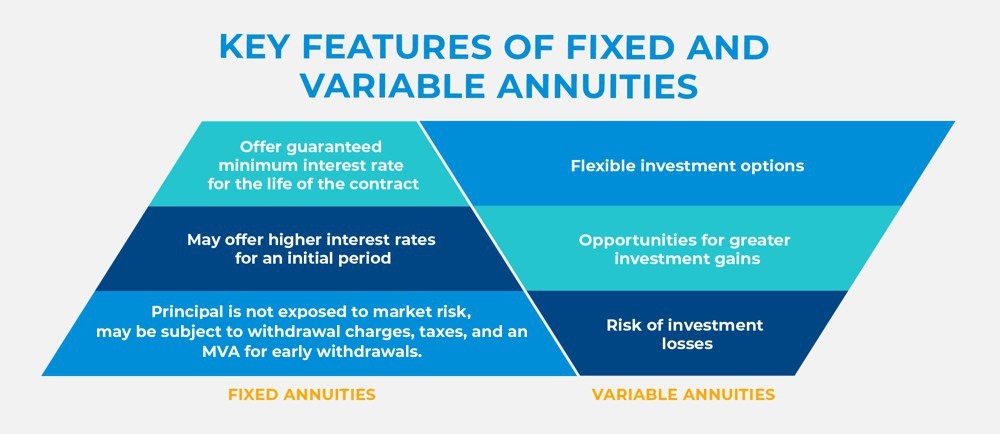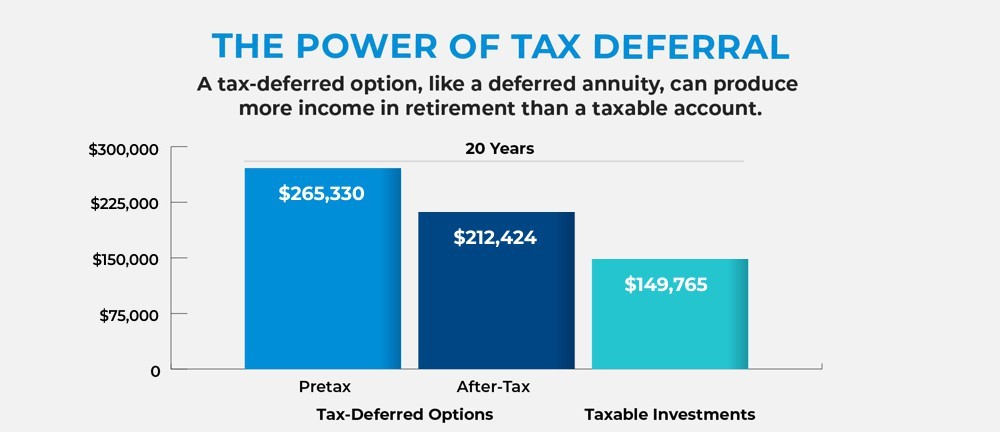Discover financial solutions that protect your future and provide peace of mind. Whether you're exploring annuities, life insurance, or understanding employee benefits through your workplace, Pacific Life offers resources and products designed to meet your personal and family goals.
Support your workforce with innovative employee benefits and retirement solutions. Pacific Life partners with business owners, benefits administrators, and pension fund managers to create customized programs that attract and retain top talent while securing their financial future.
Simplify complex retirement and pension risk management with our tailored solutions for large organizations. Pacific Life specializes in working with institutions to address their unique challenges, offering expertise in pension de-risking and strategic retirement planning for a more secure future.
Empower your clients with confidence by leveraging Pacific Life’s comprehensive portfolio of financial products. From annuities to life insurance, we provide the tools, resources, and support to help financial advisors and brokers deliver exceptional value and long-term results.
-
Individuals
Discover financial solutions that protect your future and provide peace of mind. Whether you're exploring annuities, life insurance, or understanding employee benefits through your workplace, Pacific Life offers resources and products designed to meet your personal and family goals.
-
Employers
Support your workforce with innovative employee benefits and retirement solutions. Pacific Life partners with business owners, benefits administrators, and pension fund managers to create customized programs that attract and retain top talent while securing their financial future.
-
Institutions
Simplify complex retirement and pension risk management with our tailored solutions for large organizations. Pacific Life specializes in working with institutions to address their unique challenges, offering expertise in pension de-risking and strategic retirement planning for a more secure future.
-
Financial Professionals & Brokers
Empower your clients with confidence by leveraging Pacific Life’s comprehensive portfolio of financial products. From annuities to life insurance, we provide the tools, resources, and support to help financial advisors and brokers deliver exceptional value and long-term results.
The tax-deferred growth potential of an annuity can boost your savings for the future.

As life expectancy increases, the threat of outliving your retirement savings is real. Annuities can provide steady, reliable lifetime income and help grow and manage retirement savings, ensuring it lasts as long as you do.
What’s more, annuities are tax-deferred, which can help maximize your savings gains.
Tax-deferred savings
Because an annuity is tax-deferred, you won’t pay taxes until you withdraw your money. Deferred annuities take advantage of this situation by allowing your savings to grow until you start receiving income distributions. In the process, that growth can potentially experience growth of its own, with the gains compounding over time.
The opportunity to achieve tax-deferred growth can make a substantial difference in your income in retirement. For example, a $100,000 purchase payment compounded at a 5% rate annually for 20 years would grow to $265,330. If you withdrew that money in a lump sum and paid a 32% tax rate on it, you would come out with $212,424.
Qualified vs. non-qualified assets
The type of funds you use to purchase an annuity also affects how your income is taxed. Say you purchase an annuity using after-tax money—for instance, using funds you hold in a regular savings account. When you begin receiving income in retirement, you won’t pay taxes on the annuity’s principal—that is, the money you used to fund the contract. You will pay taxes on the gains when you withdraw them, but you can’t control which part of your distributions are considered gains. If you take withdrawals before annuitization, any taxable gains come out before you start drawing down your principal. After annuitization, each payment includes a portion of gains and a portion of principal.
The situation is different if you purchase an annuity with pre-tax dollars, perhaps using funds from a 401(k) or traditional IRA. In this case, all the income you receive is taxable.
No matter which type of funds you use to purchase a deferred annuity, your money has the opportunity to grow faster, because any earnings can compound without current taxes taking a bite.
Fixed vs. variable annuities
Two types of deferred annuities offer options with different levels of risk.
Fixed annuities don’t invest your principal in the market. They offer a guaranteed minimum interest rate for the entire life of the annuity contract. For those willing to take a bit more risk, variable annuities offer additional opportunities to grow your retirement assets and potentially increase your retirement income. Variable annuities provide a range of investment options overseen by professional money managers. As a result, investors have more flexibility, and can even move assets from one investment option to another without paying taxes on any investment gains.

There’s no guarantee that a variable annuity will provide a better return than a fixed annuity, however, unlike a fixed annuity, the value of a variable annuity contract could be less than the original cost when you redeem it.
As with any retirement decision, it’s a good idea to consult a financial professional to figure out what works best for your specific situation. No matter which type of annuity you choose, the power of tax deferral means you can grow savings faster, make time work for you.

SOURCE: Pacific Life, 2023
Hypothetical example for illustrative purposes only. The assumed rate of return is not guaranteed. Lower maximum tax rates on capital gains and dividends would make the investment return for the taxable investment more favorable, thereby reducing the difference in performance in the examples shown. Actual tax rates may vary for different taxpayers and assets from that illustrated (e.g., capital gains and qualified dividend income). Upon withdrawal, any earnings accumulated in the tax-deferred investment will be subject to ordinary income taxes. If withdrawals and other distributions are taken prior to age 59½, an additional 10% federal income tax may apply. Consider your personal investment time horizon and income-tax brackets, both current and anticipated, when making an investment decision, as the illustration may not reflect these factors. Hypothetical returns are not guaranteed and do not represent performance of any particular investment. Product-level fees and charges are not included. If they were, the tax-deferred performance would be significantly lower.
Tax-deferral assumptions: Hypothetical example for illustrative purposes only. Assumes a nonqualified contract with a cost basis of $100,000. After 20 years, the full amount before taxes equals the purchase payments plus interest, $265,330. The amount withdrawn after taxes are paid is calculated by taking the full amount and subtracting the cost basis; it is then multiplied by 0.68 (32% ordinary income-tax rate) and adding back in the cost basis, for a total of $212,424 after taxes.
READ MORE
All guarantees are subject to the claims-paying ability and financial strength of the issuing insurance company and do not protect the value of the variable investment options, which are subject to market risk.
The above is provided for informational purposes only and should not be construed as investment, tax, or legal advice. Information is based on current laws, which are subject to change at any time. You should consult with your accounting or tax professional for guidance regarding your specific financial situation.
Annuity withdrawals and other distributions of taxable amounts, including death benefit payouts, will be subject to ordinary income tax. For nonqualified contracts, an additional 3.8% federal tax may apply on net investment income. If withdrawals and other distributions are taken prior to age 59½, an additional 10% federal tax may apply. A withdrawal charge and a market value adjustment (MVA) also may apply. Withdrawals will reduce the contract value and the value of the death benefits, and also may reduce the value of any optional benefits.
All investing involves risk, including the possible loss of the principal amount invested. The value of the variable investment options will fluctuate so that shares, when redeemed, may be worth more or less than the original cost. Please see the prospectus for a detailed description of investment risks.
Under current law, a nonqualified annuity that is owned by an individual is generally entitled to tax deferral. IRAs and qualified plans—such as 401(k)s and 403(b)s—are already tax‑deferred. Therefore, a deferred annuity should be used only to fund an IRA or qualified plan to benefit from the annuity’s features other than tax deferral. These include lifetime income and death benefit options.
Pacific Life refers to Pacific Life Insurance Company and its affiliates, including Pacific Life & Annuity Company. Insurance products are issued by Pacific Life Insurance Company in all states except New York and in New York by Pacific Life & Annuity Company. Product availability and features may vary by state. Each insurance company is solely responsible for the financial obligations accruing under the products it issues.
Pacific Life’s Home Office is located in Newport Beach, CA.
PL38A

























































